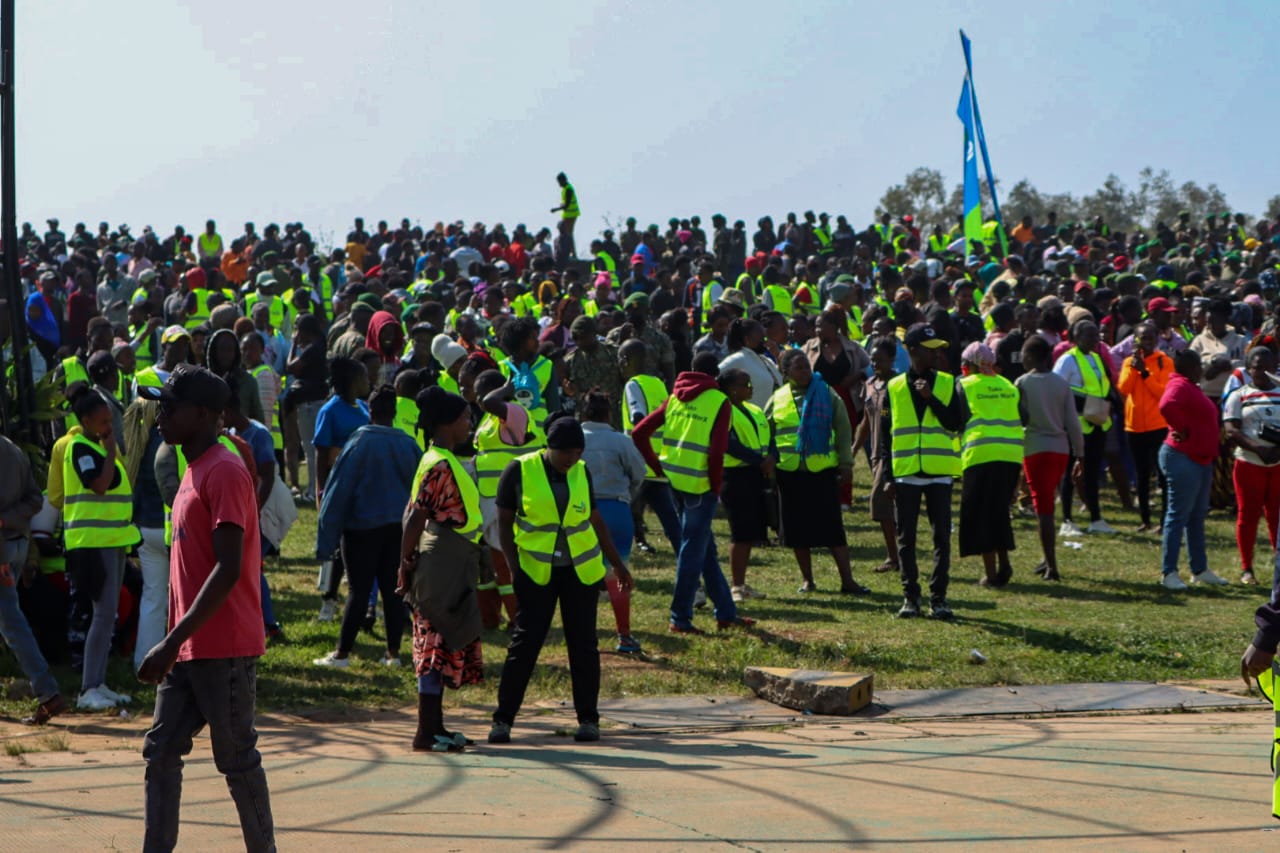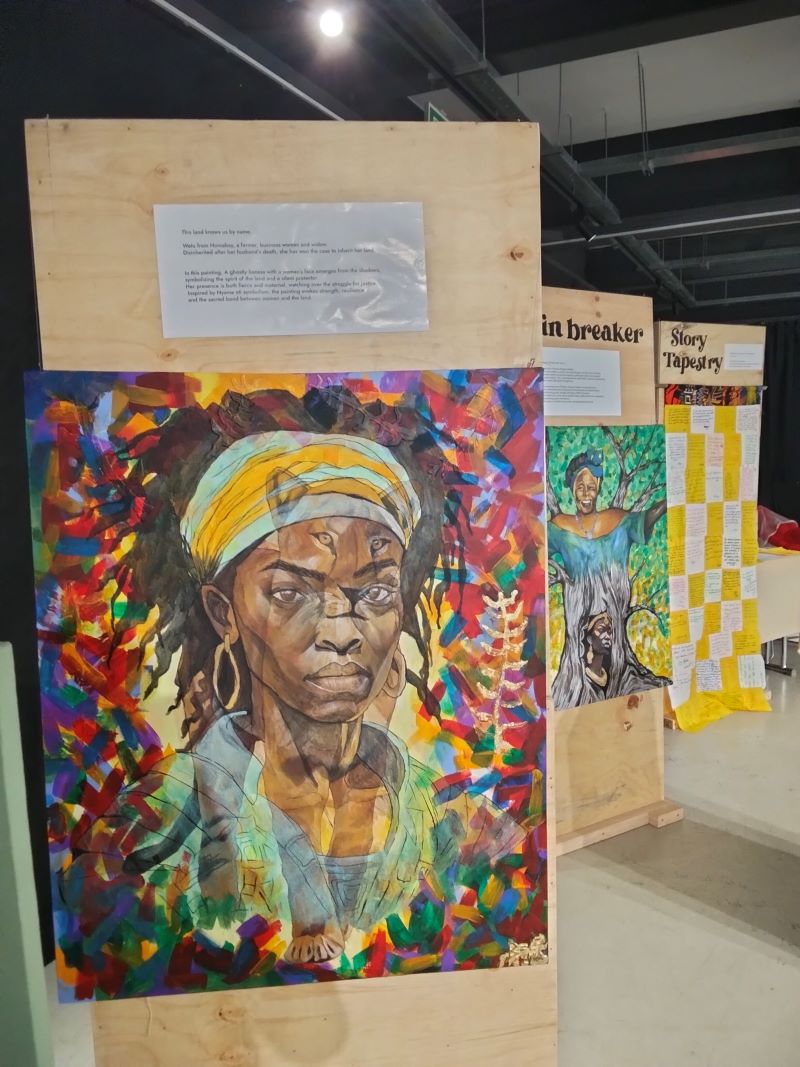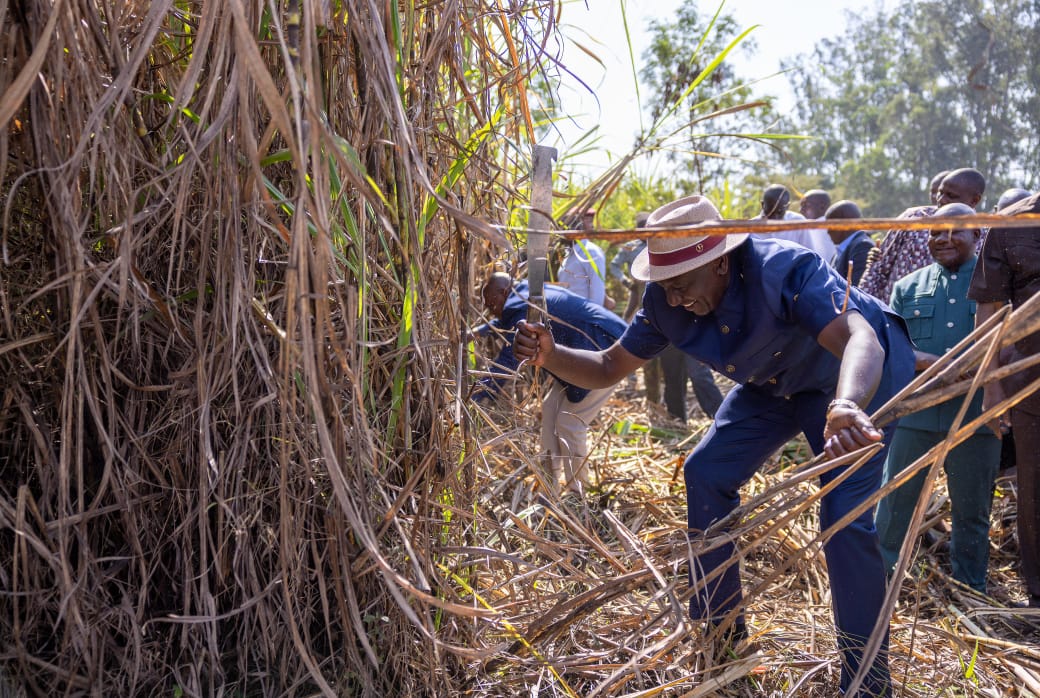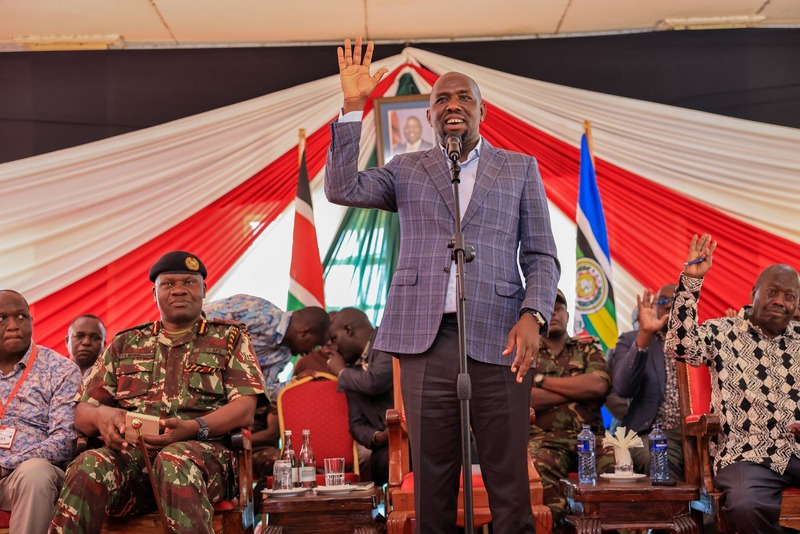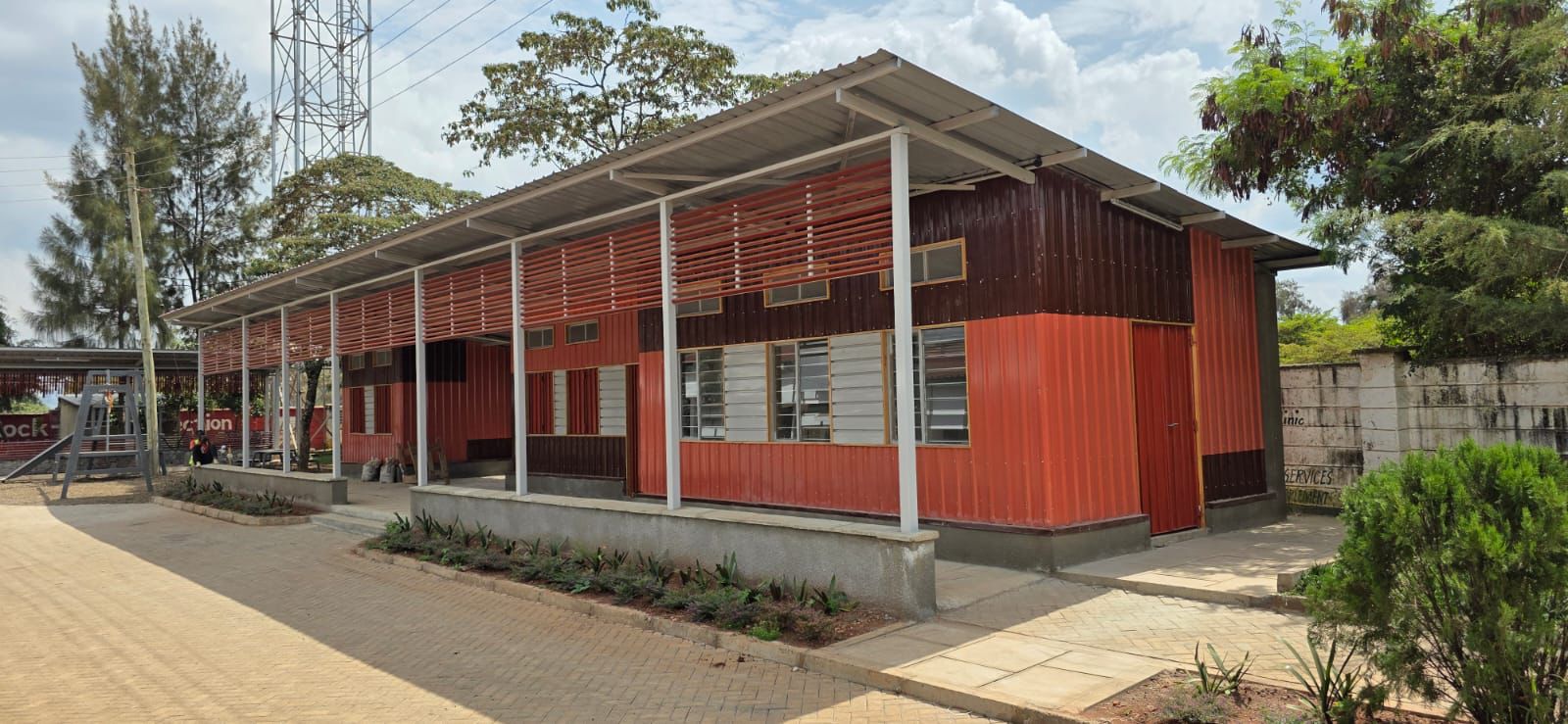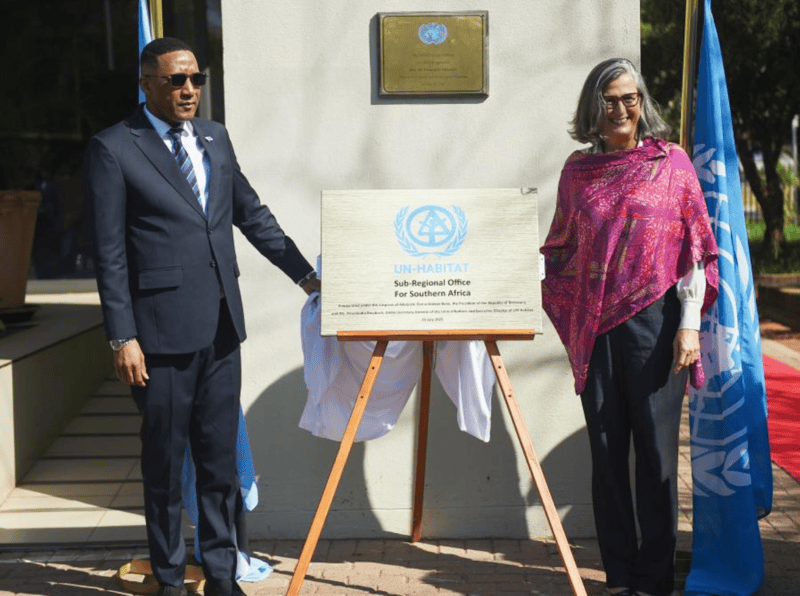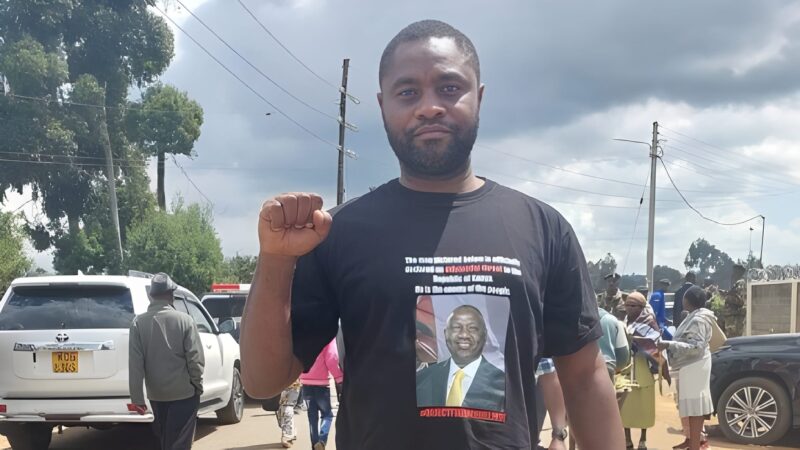Nairobi, Kiambu hardest hit as police response to June, July protests criticised
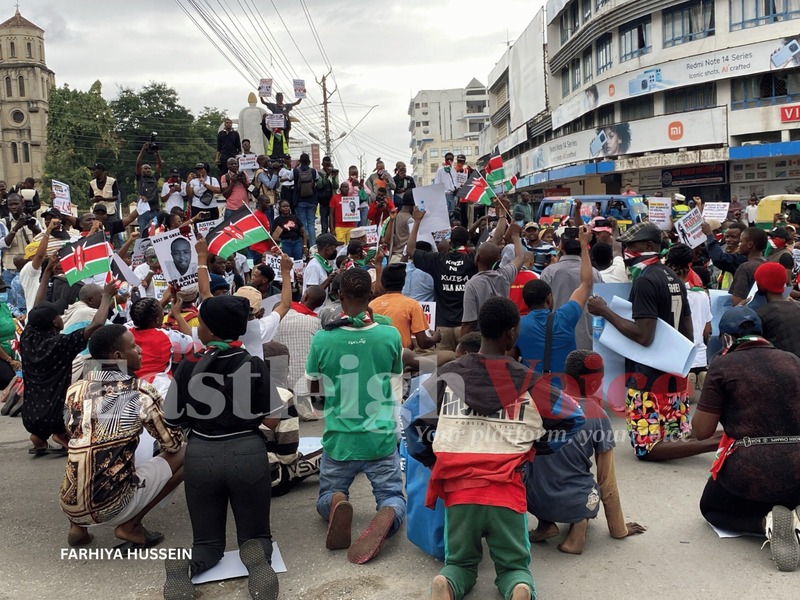
A report on police response to the June and July protests, released this week by IPOA, reveals that Nairobi recorded the highest number of casualties, making it the epicentre of both resistance and repression.
In the shadows of tear gas and the echo of chanting crowds, Nairobi bore the brunt of the country’s recent wave of protests, not only in terms of deaths but also in injuries recorded by the Independent Policing Oversight Authority (IPOA).
A report on police response to the June and July protests, released this week by IPOA, reveals that Nairobi recorded the highest number of casualties, making it the epicentre of both resistance and repression.
More To Read
- CS Murkomen defends police conduct during protests, urges IPOA to hold off judgement
- Murkomen warns chiefs, police over collusion in North Rift alcohol crackdown
- IPOA report blames police for deaths, injuries and failures in June-July protests
- Terrorism or protest? What Kenyan law says about anti-government demos and charges
- Interior CS Kipchumba Murkomen slams LSK for 'backing violent protest suspects over victims'
- Court detains man accused of using Central OCS Taalam’s phone to extort family and lawyer
However, the report only categorises victims by county, omitting specific details of the exact locations where individuals were injured or killed.
From the 65 deaths recorded during the four major protests in June and July, Nairobi County accounted for the highest fatalities (15), followed by Kiambu (14).
The remaining deaths occurred as follows: Kajiado (8); Nakuru, Murang’a and Nyeri (4 each); Embu and Laikipia (3 each); Nyandarua, Makueni, Meru and Machakos (2 each); while Kirinyaga and Uasin Gishu each recorded one death.
Data on injuries shows that out of 342 civilian injuries reported nationally, Nairobi recorded the highest number, with over 100 people injured, followed by Nakuru (39), Laikipia (37), Nyeri (32), Kirinyaga (19), Murang’a (15), Kisii (14), Embu (13), Kajiado (9), Meru (8), Nyandarua (5), Kiambu (4) and Mombasa (1).
The nature of injuries further highlights widespread use of force against civilians. Those who did not suffer gunshot wounds sustained either head injuries or fractures to the upper body, including the head, neck, chest, arms and abdomen, with a few injuries to the lower body, such as the pelvis, legs and ankles.
This pattern suggests intentional or reckless use of force, as the upper body houses vital organs whose injury significantly increases the risk of serious harm or death.
The data also shows that other victims suffered assaults, including stabbings, cuts, arrow wounds, soft tissue injuries, loss of teeth, slaps, and fainting due to tear gas inhalation.
IPOA concluded that the National Police Service (NPS) failed to effectively facilitate the protests as guaranteed under Article 37 of the Constitution, resulting in the deaths and injuries recorded.
The authority criticised the police approach, noting that officers largely focused on quelling the protests rather than facilitating them peacefully as envisioned by the Public Order Act.
“Except in Mombasa County, where the policing approach was fairly balanced, police in other counties treated the protests as riots. This undermined the possibility of holding peaceful protests in monitored areas,” the report stated.
It further faulted officers who failed to intervene in counter-protests that appeared to support the government, which contributed to some of the injuries through assaults.
The report noted that police responses ranged from providing security at a distance to actively engaging protesters with teargas, arrests, rubber bullets and live ammunition.
“In some documented instances, police conduct was restrained; however, in other cases, the use of force led to injuries and fatalities,” it added.
A total of 171 police officers were also injured during the protests, though the report did not detail the nature of their injuries.
Most of the injured officers had been deployed to Laikipia (31), Kajiado (27), Nyeri (19), Murang’a (14), Kiambu (14), Nairobi (11), Embu (10), Meru and Kajiado (6 each), Nairobi (5), Laikipia and Kirinyaga (4 each), Bungoma, Nyeri and Nakuru (3 each), Kisii (2), and Mombasa, Kirinyaga and Uasin Gishu (one each).
In response, the Ministry of Interior has issued a policy directive outlining the conditions for the use of force, reiterating what the law already stipulates regarding proper police conduct during protests.
The directive states that officers must, as far as possible, apply non-violent means before resorting to force or firearms.
Where the lawful use of force is unavoidable, officers must exercise restraint and ensure their actions are proportionate to the seriousness of the offence and the legitimate objective. They must also minimise injury, respect and preserve human life, and provide medical aid to any injured persons as soon as possible, while ensuring IPOA is notified promptly.
“In the dispersal of assemblies that are unlawful but non-violent, law enforcement officials shall avoid the use of force or, where that is not practicable, shall restrict such force to the minimum extent necessary,” the policy document states.
Top Stories Today






